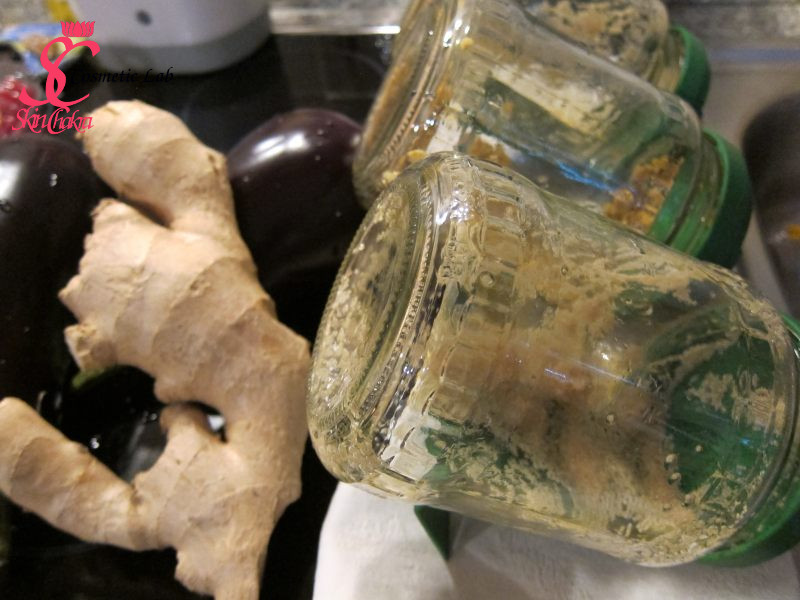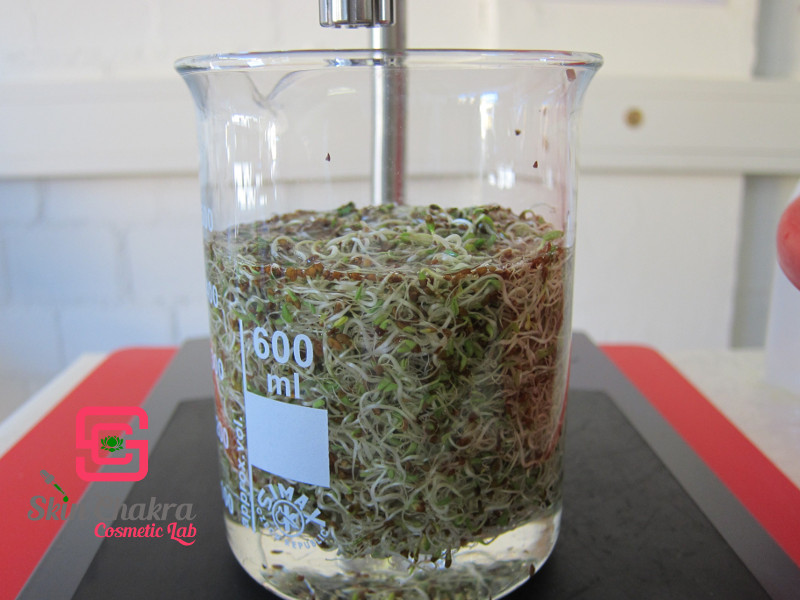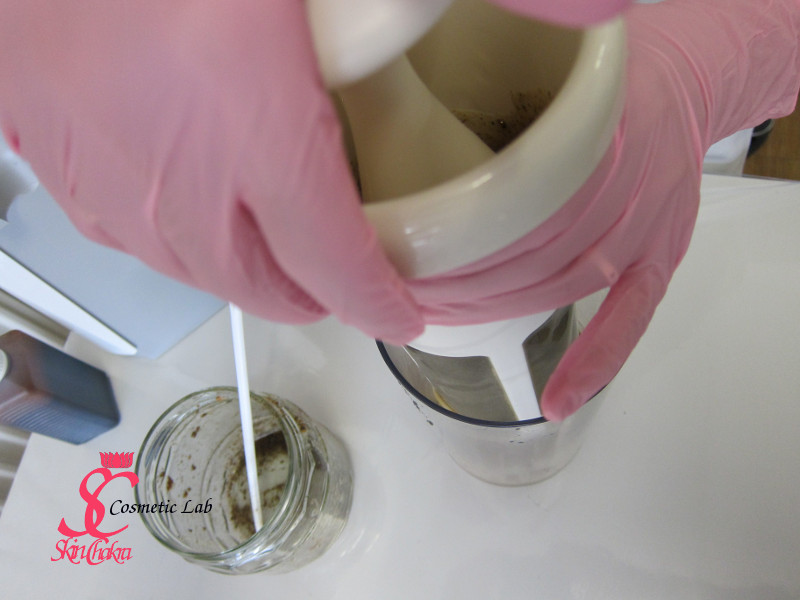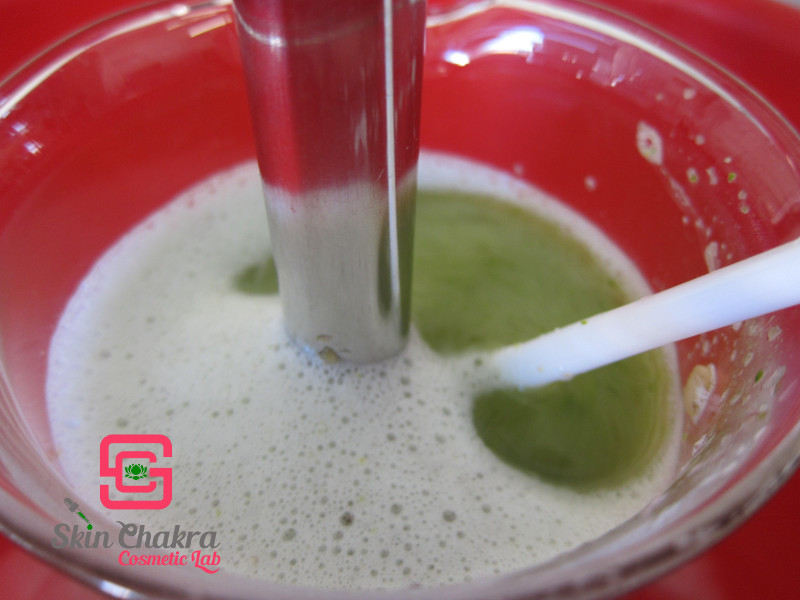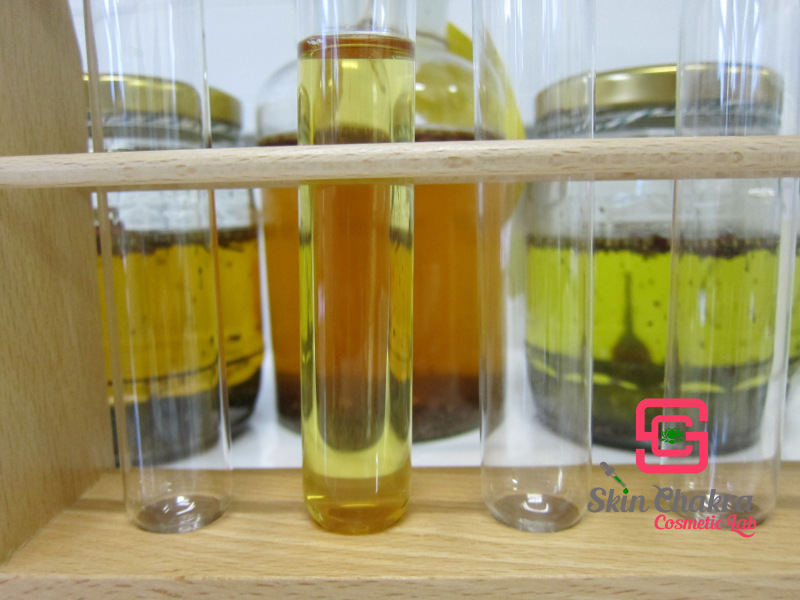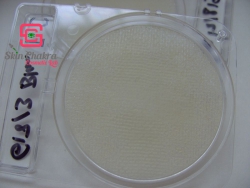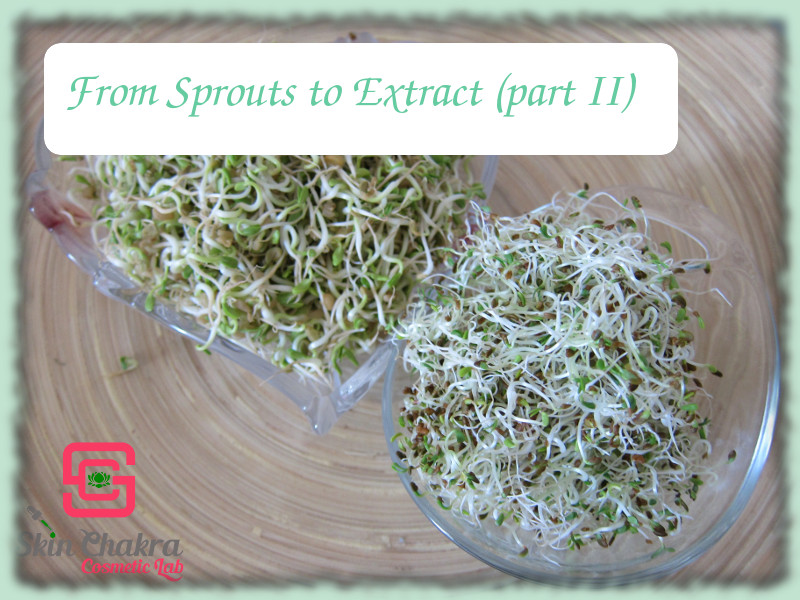
Freitag, 3. Februar 2017
From Sprout to Extract: (part II)
It is a long time since I published the first part of this post and explained about the benefits of sprouts over unsprouted seeds and grains and a couple of easy sprouting methods.
I have been making sprouts for years for their nutritional benefits and have been extracting sprouts since a couple of years exactly because the same reason: the concentration and availability of vitamins, minerals, amino acids etc. are hundred times higher in sprouts than in original seeds, grains and nuts.
Alfalfa sprouts for example are rich sources of vitamins A,B,C,E & K (alfalfa sprout has one of the highest contents of vitamin K among seeds) as well as in minerals and trace elements. Fenugreek sprouts are rich in trace minerals and iron.
Well, the lipophilic vitamins (A, D, E, K) are basically soluble a lipophilic carrier and it is clear that the vitamin C doesn't really survice extraction (vitamin C is an extremely sensitive hydrophilic vitamin and I have no idea why some bloggers and even book authors claim it to be present in some plant oils).
Anyway regarding the study results about the nutitional value of sprouts, and since I love playing with ingredients, I decided to dedicate some time to extracting sprouts and applying them in our sample formulations (although I have no analytical results from my extracts to prove that they contain highere concentrations of amino acids, vitamins, minerals and trace elements compared to the original seeds). Sprout extracts are quite common in the food and supplement industry. Although the conventional extracts largely outnumber sprout extracts in the cosmetic industry, the are gaining popularity in cosmetics.
In this post, I'm sharing with you the extract we've made from alfalfa and fenugreek sprouts. Each of the sprouts was prepared separately in a sprouting glass (refer to part I) and we blended then for extraction.
What you need to know:
1- Hygienic precautions
Even in the food industry and in industrial facilities with state-of-the-art technology and high GMP standards, contamination of sprouts happens quite often. These are living food and have lost their protective mechanism (what keeps the seeds intact for years and even decades) . Sprouts and extracts can become contaminated before you even can guess what has happened. Hygienic precautions are extremely necessary if you don't want to discard your precious extracts or sprouts.
2- Timing
Each seed needs a certain time for sprouting. Some are faster than others (alfalfa and fenugreek for example both sprout in 2-3 days after soaking). Sprouting, extraction and filtration (which is the most time consuming part) take time. Plan ahead for all these steps before you soak the seeds. In a small scale there is no problem when your sprouts are just ready for harvest on Friday afternoon or before you leave for a few days for a conference. Those yummy sprouts all land in your salad or sandwich but you may want to plan in advance for the next batch if you really want to extract them and not having them in your salad.
3- Filtration
Filtration of extracts is the most time consuming and challenging part. Please read our previous posts about filtration and make your first batches as small as possible to see whether the system you're using really works as you have imagined. Filtration has literally brought me to crying the first couple of times I prepared sprout extracts.
How to filter your herbal extracts and infusions (part I)
How to filter your herbal extracts and infusions (part II)
How to filter your herbal extracts and infusions (Part III)
7 good reasons to make your own herbal extracts and macerations
Now if you are ready , follow me through making this extract.
1- Sprouts
I usually soak the seeds in the sprouting glass overnight and then rinse them the next day.
After soaking period, I rinse the seeds and put the glasses upside down on the counter. They shouldn't be kept in dark but shouldn't be exposed to direct sunlight as well.
Rinse the seeds twice per day with cold water (I use filtered water) and after 3-4 days, voila. You'll have these pretty sprouts.
Rinse the sprouts thoroughly with plenty of water. There are some experts who recommend to separate husk from the sprouts during rinsing. To be quite honest, it is almost impossible for small seeds like alfalfa. I do this for large seeds such as lentils or sunflower seeds.
2- Carrier
For a hydroglyceric extraction, it is all right when the sprouts are moist (they shouldn't be wet though). For a lipophilic extraction, the sprouts should be completely dry.
I usually use an organic glycerine/water blend for hydroglyceric extraction with a 60:40 ratio (60% organic glycerine to 40% distilles water).
I use a 1:10 ratio for sprout to carrier, meaning for 100 gr of sprouts I use 1000 gr of water/glycerine blend. You can play this ratio depending on the volume and dryness of your sprouts. Start with a 1:8 ratio and if you feel that there is too lottle solvent for the sprouts increase the solvent. I wouldn't increase the solvent more than a 1:15 ratio though.
When working with fresh material, there is no need for soaking your plant material in the carrier (specially when working with water/glycerine blend). When working with dried material and an oil as a carrier you may need to soak your plant material in the carrier for a few hours.
3- Extraction
Mechanical (or ultrasound) extraction creates heat. If you are OK with heated plant material then go ahead. I usually use an ice/water bath to avoid heating up the plant material and to keep the temperature around 20 oC. Put your sprout-Carrier beaker in an ice/water bath and start the machinery.
Here we're using our crusher of the turbo mixer. You can crush your plant material almost as effectively with your Blendia.
Read my previous post here:
How to make herbal extracts with your "Blendia"
You need just a few bursts and can easily distinguish how the sprouts are crushed to tiny particles. The duration of using Blendia depends on the plant material, the volume of the solvent and material. This is something you can figure out with some experience.
Now its time to percolate your blend . It means agitating the carrier and the crushed plant material to promote extraction of the active ingredients into the carrier. This is best achieved with an overhead stirrer or a magnetic stirrer. You need to stir the blend for 1-3 hours. Fresh herbs and hydroglyceric carrier need less time than dried herbs and lipophilic carriers.
4- Filtration
This is the most time consuming part of the whole extraction and to avoid contamination, you have to be as fast as possible.
For the very first filtration, I use the Veggiefino which is actually a kind of sieve made for filtering non-dairy milk. It is much easier, faster and hygienic than the common cheese-cloth method.
The biggest particles are left in the filter but your extract is not yet ready.
We follow with a few steps of vacuum and gravity extraction through different filters. Obviously the first filtration should be carried on with the coarsest filter.
The number of filtration steps and the mesh of the filter varies from extract to extract. This is something you shall experience through practice and there is no ready made solution I can offer you. If you have patience and can wait, you may cover your extract tightly and put it in the fridge for 24 hours and let the gravity do a part of the job. A part of the suspended particle desiments in this way and you can decant the superficial liquid to another vessel.
We usually reduce the pH of the extract to 3-3,5 after first filtration with veggiefino to avoid any contamination during the long filtration process.
After the final filtration and when the extract is acceptably clear, we adjust the pH and add a preservative. We usually add 3.5% of Dermosoft 1388 eco to preserve our extracts and usually check them with compact dry to make sure they are free of contamination.
Click on the photo to see how to work with a compact dry kit.
Kept in a cool, dark place, the sprout extracts have a shelf-life of 6-9 months. Commercial extracts have a shelf-life of 18-24 months but I don't give these any longer than 9 months although we have never had any contamination issue, I can not believe that the goodies and active material would keep their integrity for a longer time. Keep in mind that the pH of the plant material is extremely pH dependant and by manipulating the pH from extract to the final product you may have some colour changes. Usually during storage, some further sedimentation occurs which causes to a more transparent extract. These are usually tiny suspended particles that pass through your filter. You can decand or run another filtration after 1-2 weeks of storage.
I know this is too much work but the results are quite rewarding. Hope you'll enjoy your sprouting and extrction.
Don't hesitate to send us your photos, comments and questions. You can post your photos on our Facebook page or tag us (@skinchakra) on Instagram .
BeHappy and have fun
